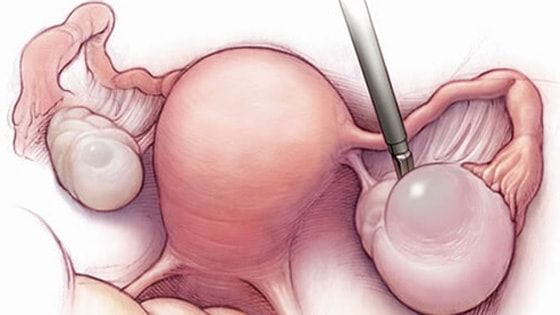Laparoscopic Ovarian Cystectomy
What is a cystectomy?
A cystectomy is a procedure that removes a non-cancerous ovarian cyst or mass.

Why is a cystectomy performed?
The procedure can confirm the diagnosis of an ovarian cyst, remove a cyst that is causing issues or guideline out ovarian malignant growth. There are different motivations to play out a cystectomy, including:
- Cysts or masses in the two ovaries
- A pimple bigger than 3 inches
- A pimple under perception that does not resolve more than a while
- A pimple that causes pain
- Cysts that are strong, instead of containing liquid
- An ultrasound indicates problems with a cyst
- Any ovarian pimple for patients who
- Have never had a menstrual cycle (for instance, a young lady)
- Have experienced menopause
- Are utilizing conception prevention pills, other than low-portion progestin-just pills
An ovarian cyst or mass can be removed from an ovary and preserve fertility, however it is possible for another cyst or mass to re-structure. The danger of new cysts forming just can be totally eliminated by removing the ovaries, a method called an oophorectomy.
What happens during a cystectomy?
There are two ways to perform the procedure, depending on the size and ultrasound appearance of the cyst or mass. Both are performed under general anesthesia
If the cyst is small and is believed to be benign, the doctor could choose to perform a laparoscopic procedure. A small incision is made in the navel area and carbon dioxide is introduced to lift the abdominal wall and create more space for the procedure. Small incisions are made to introduce a laparoscope (camera) and the instruments your surgeon uses to remove the cyst.
If the cyst is larger or there is reason to suspect cancer, your surgeon may choose to perform a laparotomy. For this procedure, larger incisions are made in the abdomen. These allow for removal of the cyst and possibly the affected ovary, uterus, fallopian tubes, fatty tissue called the omentum and surrounding lymph nodes, if necessary.
